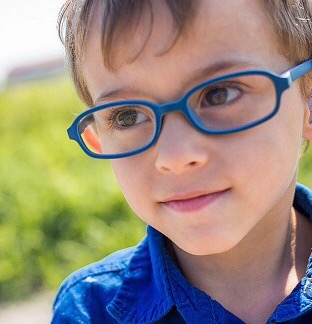- Providing Helpful Healthcare Products Since 1999 | Our Hours: 8 AM - 5 PM CST Mon - Fri
- +1-877-750-0376
Juvenile Arthritis: Symptoms and Remedies

Celebrating Fathers with Disabilities
June 16, 2017
The Differences Between Essential Tremors and Parkinson’s Disease
August 14, 2017Juvenile Arthritis, (JA), also known as Pediatric Rheumatic Disease, affects approximately 300,000 children in the United States. JA is considered to be the umbrella term used to describe various autoimmune and inflammatory conditions. This disease affects children under the age of 16. Like many conditions, JA presents itself in a distinctive way including the muscular skeleton system, gastrointestinal track, muscles, eyes and skin. Also common to this condition is pain, joint swelling, stiffness, redness and warmth.
Causes and Symptoms: Although the research has been vast for JA, there still has been no conclusion on the actual cause of this disease. There has been some evidence, however, pointing to the genetic disposition of the child. And because symptoms vary greatly between each child, consulting with your pediatrician would be well advised.
Types of Juvenile Arthritis:
Juvenile Idiopathic Arthritis (JIA)—Considered to be the most common form of arthritis
Juvenile Dermatomyositis—Commonly presents itself as muscle weakness and a skin rash on the eyelids and knuckles
Juvenile Lupus—An autoimmune disease affecting the joints, skin, kidneys and blood
Juvenile Scleroderma—Scleroderma, means “hard skin,”- this condition causes the skin to tighten and harden
Kawasaki Disease—This disease causes blood-vessel inflammation that can lead to heart complications
Mixed Connective Tissue Disease—High levels of the antinuclear antibody called anti-RNP are present
Fibromyalgia—Involves chronic pain that causes stiffness, aching, fatigue and interrupted sleep. More common in girls and typically goes undiagnosed until puberty
Diagnosis and Treatment: Because there are no standard blood tests to determine if a child has JA, the process of obtaining an accurate diagnosis can be a long and arduous process. Usually the best way to secure a diagnosis is through the careful and thorough observation of the child from the medical clinician. And because there is currently no known cure for JA, alleviating the discomfort and pain is really the best way to help with the child’s quality of life.
Caring for JA: Of course, it’s painful for a parent or caregiver to see the child in severe discomfort, therefore, finding the best symptomatic remedies can be vital to retaining a better quality of life for the child. One of the many JA symptoms include muscle aches and pains, which may be managed via external aids. And just like any other chronic condition, getting the proper amount of sleep, engaging in a healthy diet and exercise program can help with the emotional and physical affects of this disease.
Source: Arthritis.org

